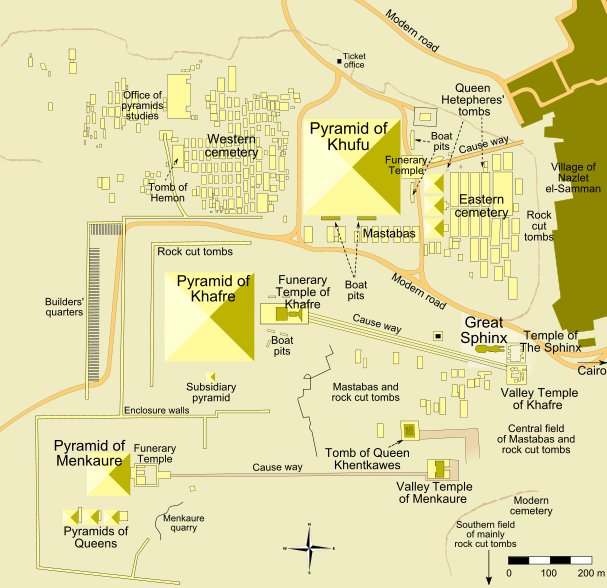Lau, s. Haw., to feel for, spread out, expand, be broad, numerous; s. leaf of a tree or plant, expanse, place where people dwell, the end, point; sc. extension of a thing; the number four hundred; lau-kua, to scrape together, to gather up from here and there confusedly; lau-la, broad, wide, extension, width; lau-na, so associate with, be friendly; lau-oho (lit. 'leaves of the head'), the hair.
Tong., lau, low, spread out, be broad, exfoliate; s. surface area; lau-mata, eyelash; lo, a leaf; lo-gnutu, the lips (lit. 'leaves of the mouth'). N. Zeal. and Mang., rau, spread, expand; raku-raku, to scratch, scrape.
Sam., lau, leaf, thatch, lip, brim of a cup, breadth, numeral hundred after the first hundred; lau-a, to be in leaf, full-leafed; laua-ai, a town, in opposition to the bush; lau-ulu, the hair of the head; launga-tasi, even, level; lau-lau, to lay out, spread out food on a table; lau-tata, a level place on a mountain or at its foot; lau-le-anga, uneven; lau-talinga, the lobe of the ear, a fungus; lau-tele, large, wide, common, of people.
Tah., rau, a leaf, a hundred; when counting by couples, two hundred; many indefinitely; rau-rau, to scratch. Fiji., lou, leaves for covering an oven; longa, a mat, a bed for planting; drau, a leaf; drau-drau, leaves on which food is served up, also a hundred.
Saparua., laun, leaf. Mal., daun, id.; luwas, broad, extended. Sunda., Rubak., id., Amboyna, ai-low, id. Malg., rav, ravin, leaf; ravin-tadign, lobe of the ear; lava, long, high, indefinite expression of extension; lava-lava, eternal; lava-tangh, a spider.
The word lau, in the sense of expanse, and hence 'the sea, ocean', is not now used in the Polynesian dialects. There remain, however, two compound forms to indicate its former use in that sense: lau-make, Haw., lit. the abating or subsiding of water, i.e., drought; rau-mate, Tah., to cease from rain, be fair weather; rau-mate, N. Zeal., id., hence summer.
The other word is koo-lau, Haw., kona-rau, N. Zeal., toe-rau, Tah., on the side of the great ocean, the weather side of an island or group; toa-lau, Sam., the north-east trade wind. In Fiji, lau is the name of the windward islands generally. In the Malay and pre-Malay dialects that word in that sense still remains under various forms: laut, lauti, lautan, lauhaha, olat, wolat, medi-laut, all signifying the sea, on the same principle of derivation as the Latin æquor, flat, level, expanse, the sea.
Welsh, llav, to expand; lled, breadth. Armor., blad, flat, broad. Lat., latus, broad, wide, spacious.
Greek, πλατυς, wide, broad, flat; πλατη, broad surface, blade of an oar; πλακοσ, broad, flat.
Pers., lâtû, blade of an oar, oar. Lith., platus, flat. Sanskr., prath, be extended, to spread. Goth., laufs or laubs, a leaf. Icel., laug, bath; lauga, to bathe, lögr, the sea, water, moisture.
Bearing in mind l and n are convertible in the West Aryan as in the Polynesian dialects, we might refer to the following as original relatives of the Polynesian lau:
Sanskr., nau, boat, ship; snâ, and its connections, 'to bathe'. Greek, ναω, to flow, float; ναω, νεω, to swim, to spin; νευσις, s. swimming; ναυς, ship, &c. Lat., no-are, to swim, float. A.-Sax., naca, id. O. Norse, snäcka, a shell, sobriquet of boats and vessels. Perhaps the Gothic snaga, a garment.
Liddell and Scott and also Benfey refer the Greek νεω and Latin neo, 'to spin', to the Sanskrit nah, 'to bind, tie'. With due deference, I would suggest that the underlying sense of 'to bind' and 'tie' is 'to shorten, contract, to knit' - necto, nodus - and that the original conception of 'to spin' was one of extension, lengthening, as represented in the Polynesian lau. (Fornander)






